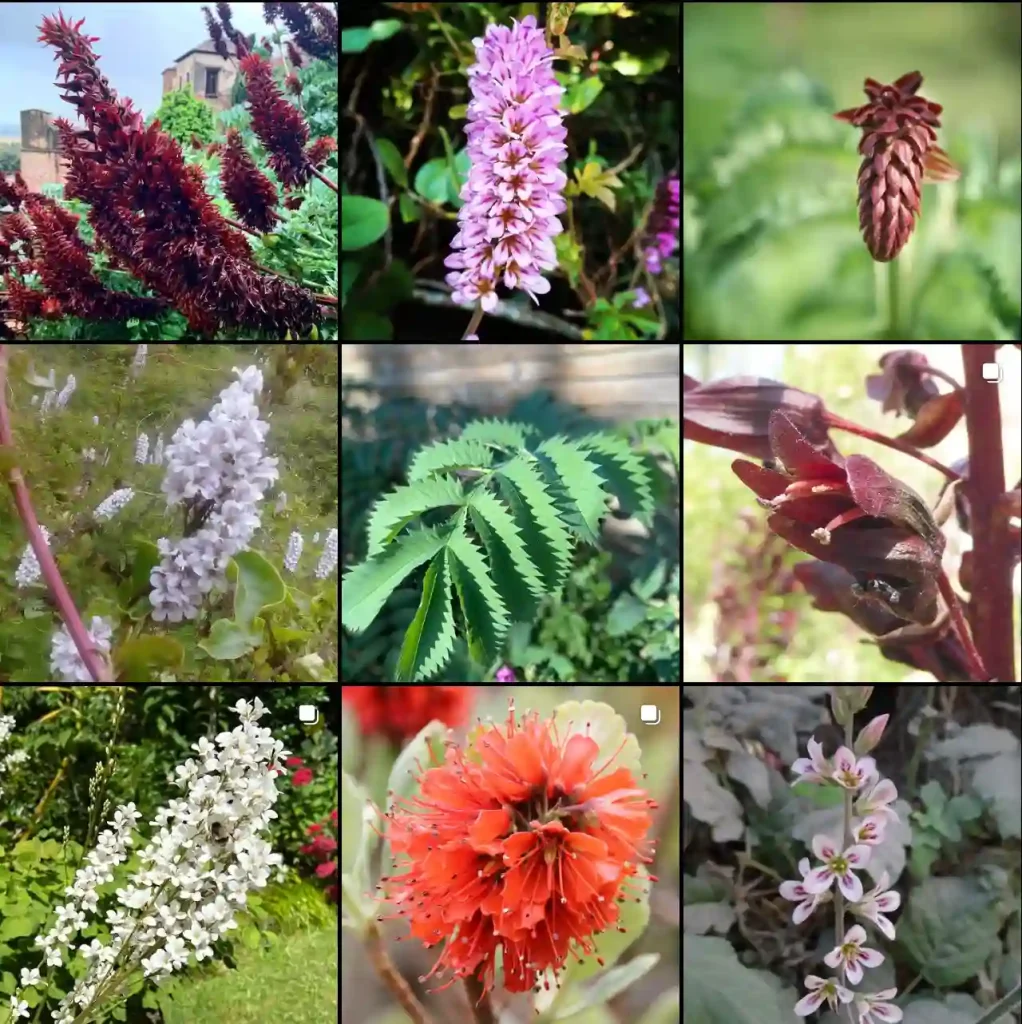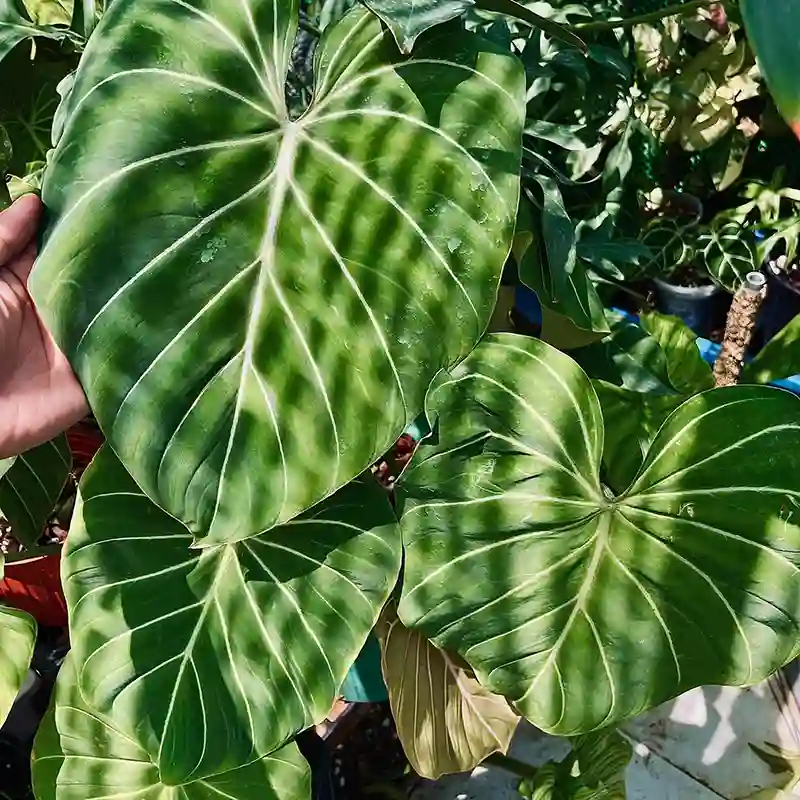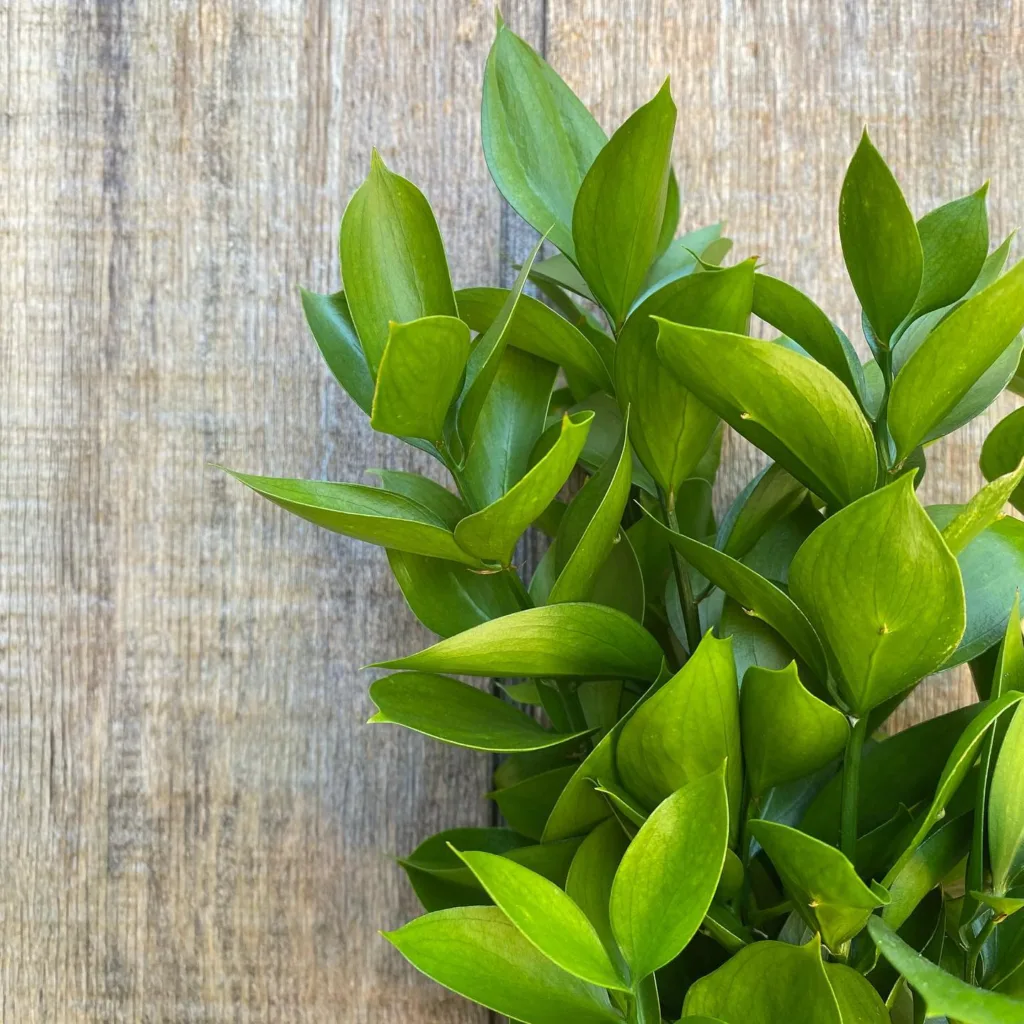FAQs about Dudleya Pulverulenta
As someone who has a passion for succulents, I’ve always been fascinated by Dudleya Pulverulenta. Also known as chalk lettuce, this plant is native to California and Baja California and has earned its place in my collection for its unique look and low-maintenance care. In this FAQ guide, I’ll cover some of the most common questions I’ve encountered about Dudleya Pulverulenta, sharing my personal experiences along the way.
51 Species in Genus Dudleya
What is Dudleya Pulverulenta?
Dudleya Pulverulenta is a rosette-forming succulent with thick, chalky leaves that create a stunning silvery-white or blue-gray appearance. These plants grow up to 18 inches in diameter, with leaves that sometimes take on a powdery finish. What I love most is the way their fleshy leaves reflect sunlight, giving them an almost ethereal glow. In late spring or early summer, they produce tall flower stalks adorned with bright red flowers that attract hummingbirds, making them a real gem in my garden.
How to Care for Dudleya Pulverulenta?
Caring for Dudleya Pulverulenta is surprisingly easy, especially for those who live in dry, warm climates. They thrive in well-draining soil, and I use a mix specifically designed for succulents and cacti. It’s essential to avoid overwatering, as this plant is highly drought-tolerant. I only water mine when the soil is completely dry, about once every 2-3 weeks during the warmer months. During winter, I cut back on watering even more, as they naturally go dormant.
One of the most critical aspects of caring for Dudleya Pulverulenta is ensuring they get plenty of sunlight. I place mine in an area where they receive at least 6 hours of direct sunlight daily. If grown indoors, a bright, sunny window or supplemental grow light works well.
How to Propagate Dudleya Pulverulenta?
Propagating Dudleya Pulverulenta can be a bit tricky, but with patience, it’s doable. The most common method is through leaf cuttings or offsets. If you want to propagate from a leaf, make sure to choose a healthy one and allow it to dry out for a few days to callous over. Once it’s dry, place it on top of well-draining soil and mist it lightly. Be patient—it can take several weeks for roots to form.
In my experience, propagating from offsets is easier. If your Dudleya has produced baby plants, gently remove them and replant in a new container. Just be sure not to overwater during the initial weeks of propagation.
What to Plant with Dudleya Pulverulenta?
I love pairing Dudleya Pulverulenta with other succulents and drought-tolerant plants to create visually stunning, low-maintenance displays. Some great companions include Echeveria, Agave, and Aloe, which share similar watering and sunlight requirements. I also like to mix in native grasses or other ground-cover succulents like Sedum for added texture. When planted in a rock garden or a succulent arrangement, Dudleya Pulverulenta acts as a focal point, thanks to its striking rosette shape and powdery leaves.
Is Dudleya Pulverulenta Toxic?
One of the questions I often get asked is whether Dudleya Pulverulenta is toxic to pets. From what I’ve researched, it is considered non-toxic to cats, dogs, and humans. However, I always err on the side of caution and keep mine out of reach of curious pets or children, especially since the chalky coating on the leaves can be delicate.
What are the Benefits of Dudleya Pulverulenta?
There are several benefits to growing Dudleya Pulverulenta, beyond its beauty. It’s extremely drought-tolerant, making it perfect for xeriscaping or low-water gardens. Additionally, its ability to attract pollinators like hummingbirds is a big plus for anyone looking to enhance the biodiversity in their garden. On top of that, its powdery leaves add a touch of unique texture that contrasts well with more vibrant plants.
Common Problems with Dudleya Pulverulenta
While Dudleya Pulverulenta is relatively low-maintenance, there are a few issues to watch out for. Overwatering is the most common problem I’ve faced. These succulents are highly susceptible to root rot, so it’s crucial to let the soil dry completely between waterings. I also keep an eye out for pests like aphids or mealybugs, though I haven’t had much trouble with them.
Sunburn can also be a concern if the plant is exposed to too much harsh afternoon sunlight without proper acclimation. Gradually introducing the plant to direct sunlight is a good way to avoid this issue.
How Does Dudleya Pulverulenta Compare to Other Similar Plants?
Dudleya Pulverulenta is often confused with other rosette-forming succulents like Echeveria or Sempervivum. While these plants share a similar growth habit, Dudleya Pulverulenta stands out because of its chalky, powdery coating and larger size. In comparison, Echeveria tends to have smoother leaves and is usually smaller, while Sempervivum, or “hens and chicks,” typically grows in tighter clusters.
Dudleya Pulverulenta is also more drought-tolerant than many Echeveria varieties, making it a better choice for arid climates or low-water gardens. However, if you’re growing these plants in containers, Echeveria might be easier to manage indoors due to its smaller size and faster growth rate.
Final Thoughts
Dudleya Pulverulenta is a fantastic choice for anyone looking to add a striking, low-maintenance succulent to their garden or container collection. Its powdery leaves, tall flower stalks, and ability to thrive in dry conditions make it one of my personal favorites. With proper care, this unique plant will reward you with years of beauty and, if you’re lucky, some delightful hummingbird visitors too!
If i die, water my plants!



